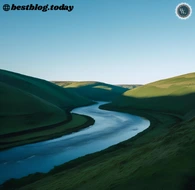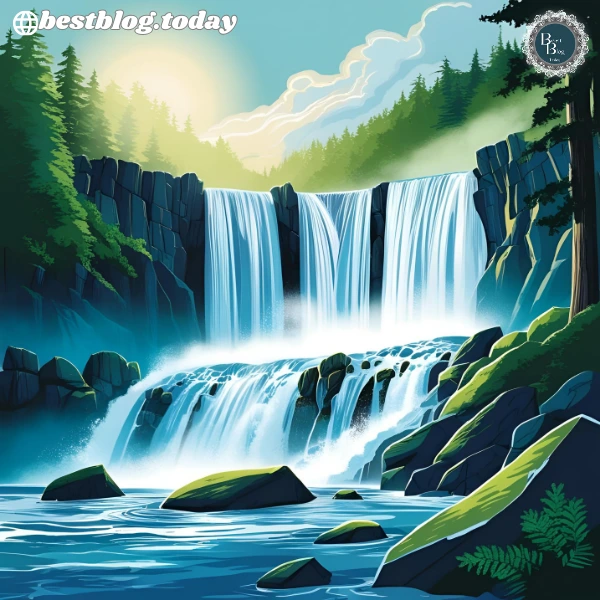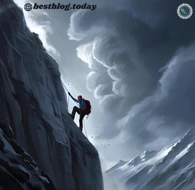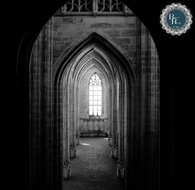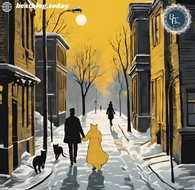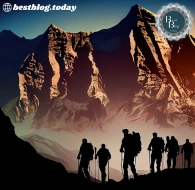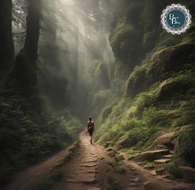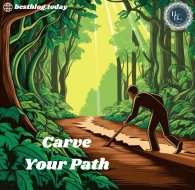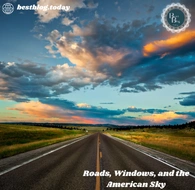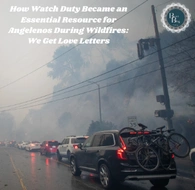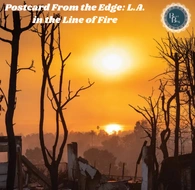Walking the Fault Line
In Mojave Ghost, Forrest Gander recounts his 800-mile journey into the slow time of grief.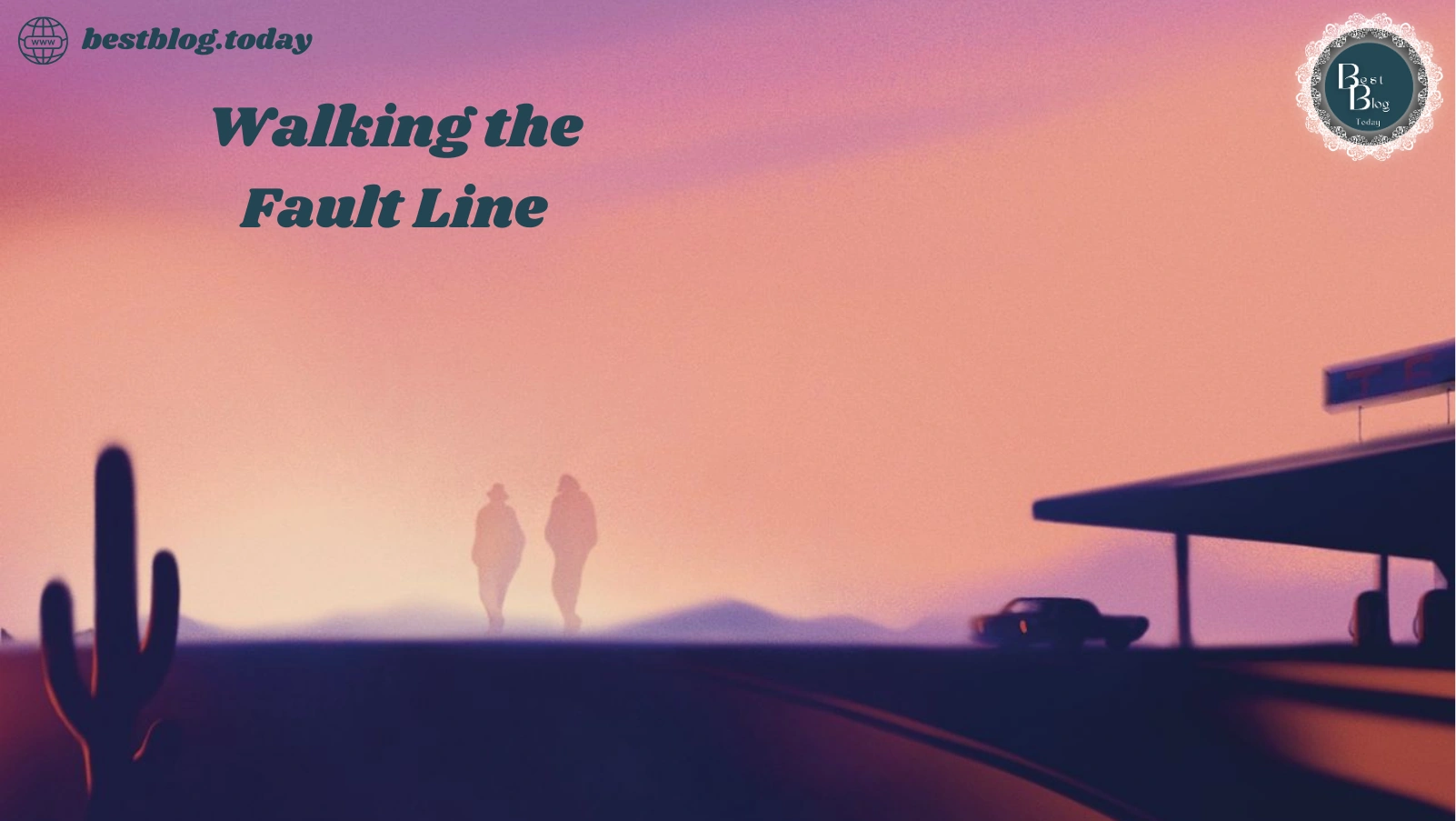
- 31 Jan 2025
- Shivani Verma
- bestblog.today
Walking the Fault Line
In the summer of 1790, the renowned American poet William Wordsworth embarked on a long walking journey that stretched across revolutionary France, over the Swiss Alps, into Italy, and then through Germany before returning to England. Unfortunately, the delay in his travels led him to arrive late for the start of term and he failed to distinguish himself in his final exams at Cambridge University.
Fast forward to the late 1980s, and Canadian poet and classicist Anne Carson took on her own journey, walking the iconic route to Compostela from Saint-Jean-Pied-de-Port in Roncesvalles. This 500-mile pilgrimage, culminating at Finisterre, inspired Carson to reflect on the idea of pilgrims as people who love a good riddle.
In 1689, Japanese poet Matsuo Bashō made a pilgrimage of his own, walking over 1,500 miles through forests, mountains, and coastlines. His journey, which took him through villages and temples along the Sea of Japan, led to his creation of Oku no Hosomichi (The Narrow Road to the Interior), a work that remains a cornerstone of Japanese literature.
In 2021, American poet Forrest Gander began his journey along the 800-mile stretch of the San Andreas Fault, traveling from the north to the south. Accompanied by South Asian artist Ashwini Bhat, Gander was drawn to the desolate town of Barstow, California, where he was born. His experiences and musings along the way culminated in his book Mojave Ghost (2024), a novel poem capturing the essence of this unique exploration.
One of the foremost practitioners of go as both a physical and poetic journey, Gander's work highlights the transformative power of walking. His writings, starting with Deeds of Utmost Kindness (1994), explore the deep connection between the human experience and the act of walking. In his 2004 poetic essay A Poetic Essay on Creation, Evolution, and Imagination, Gander reflects on the Laetoli footprints—showing that early hominids were bipedal long before they developed tool-making skills or evolved larger brains.
Gander's poetic exploration of the world through walking continues, such as in his collection Core Samples from the World (2011), where he retraces Bashō’s famous journey, linking his own travels across China, Mexico, Bosnia-Herzegovina, Chile, and the U.S. in a series of haibun. For Gander, walking is not just an act but a fundamental practice of discovery, both personal and universal.
While Gander's walk along the San Andreas fault might seem daunting to most, it represents a personal pilgrimage into the heart of the land he was born in—a land defined by seismic shifts and shifts in memory. The San Andreas fault itself stretches from the Pacific Ocean near Eureka, California, to the arid Salton Sea in the south, passing through a varied terrain that is not easily traversed. Yet for Gander, walking along this fault line is a necessary act of connection, contemplation, and poetic inquiry.
Whether walking through deserts, forests, or cities, these poets continue to use walking as a way to explore the human experience, offering a unique perspective on both the internal and external landscapes. Walking, in their eyes, is not just a form of transportation, but a creative practice of engagement with the world around us.
Recent Poetry
-
Electoral Flame
27 Mar 2025
Read More -
Bold Proposal
27 Mar 2025
Read More -
Rise from Retreat
24 Mar 2025
Read More -
The Power of Devout
24 Mar 2025
Read More -
Twist of Fate
22 Mar 2025
Read More -
Against All Odds
22 Mar 2025
Read More -
Fiercely Victorious
21 Mar 2025
Read More -
Seemingly Unstoppable
19 Mar 2025
Read More -
Grace Unyielding
19 Mar 2025
Read More -
Indomitable Spirit
18 Mar 2025
Read More -
Rise Unshattered
18 Mar 2025
Read More -
The Harsh Reality
17 Mar 2025
Read More -
Fade & Rise
17 Mar 2025
Read More -
CARVED IN FIRE
16 Mar 2025
Read More -
SCAR MARK OF A WARRIOR
16 Mar 2025
Read More -
Flames Of Holika
13 Mar 2025
Read More -
Colour of Life
12 Mar 2025
Read More -
Draped in Robes of Light
12 Mar 2025
Read More -
The Heavenly City
10 Mar 2025
Read More -
Resilience
9 Mar 2025
Read More -
Endless skies
5 Mar 2025
Read More -
The Beauty of Unity Amidst Diversity
4 Mar 2025
Read More -
Echoes from the Depths
3 Mar 2025
Read More -
Those Days, Those Memories
3 Mar 2025
Read More -
Curious Hearts
1 Mar 2025
Read More -
Flame of Hope
1 Mar 2025
Read More -
Leads to Triumph
28 Feb 2025
Read More -
Victory in Every Step
27 Feb 2025
Read More -
Breathless
27 Feb 2025
Read More -
A Test of Strength
25 Feb 2025
Read More -
February & my love
25 Feb 2025
Read More -
Soaring Like an Eagle
24 Feb 2025
Read More -
Starry Haven Awaits
24 Feb 2025
Read More -
The Hut's Life
21 Feb 2025
Read More -
Nurture Your Dreams
21 Feb 2025
Read More -
Aim, Rise, Build
20 Feb 2025
Read More -
Nature Lover
20 Feb 2025
Read More -
Bloom with Determination
18 Feb 2025
Read More -
Opportunities Await
18 Feb 2025
Read More -
Engage with life
17 Feb 2025
Read More -
Carve Your Pathons
15 Feb 2025
Read More -
Broader Horizons
15 Feb 2025
Read More -
Pursue Your Dreams
14 Feb 2025
Read More -
Unlock Your Abilities
14 Feb 2025
Read More -
Dressing for Success
13 Feb 2025
Read More -
Appearance
13 Feb 2025
Read More -
Shining Bright
13 Feb 2025
Read More -
Love Takes Flight
12 Feb 2025
Read More -
What Will Society Say
12 Feb 2025
Read More -
Childhood Dreams
10 Feb 2025
Read More -
Heartfelt Growth
7 Feb 2025
Read More -
Follow Your Passion
7 Feb 2025
Read More -
Dare and Trust
6 Feb 2025
Read More -
Lust for Success
6 Feb 2025
Read More -
Trust: The Key to Growth and Success
6 Feb 2025
Read More -
Out of the Darkness
5 Feb 2025
Read More -
My First Mistake
5 Feb 2025
Read More -
Unleashing Your Potential
5 Feb 2025
Read More -
Humanity: A Guiding Light
4 Feb 2025
Read More -
Love, Struggle, and Success
4 Feb 2025
Read More -
Family Dollar
3 Feb 2025
Read More -
Roads, Windows, and the American Sky
3 Feb 2025
Read More -
The Balance of Life
1 Feb 2025
Read More -
Words The Power of Expression
1 Feb 2025
Read More -
Mother’s Mother
31 jan 2025
Read More -
Walking the Fault Line
31 jan 2025
Read More -
We Get Love Letters
29 jan 2025
Read More -
LA in the Crossfire
29 jan 2025
Read More -
Sunfish: A Refreshing Escape
28 jan 2025
Read More -
Sorry Baby Review Bold Traumedy
28 jan 2025
Read More -
Rebuilding a Life Amid-the Ashes
27 jan 2025
Read More -
A Producer’s Spotlight
27 jan 2025
Read More -
The Oscars Shine in 2025
24 jan 2025
Read More -
Seeking Guidance Amid Life's Troubles
22 jan 2025
Read More


